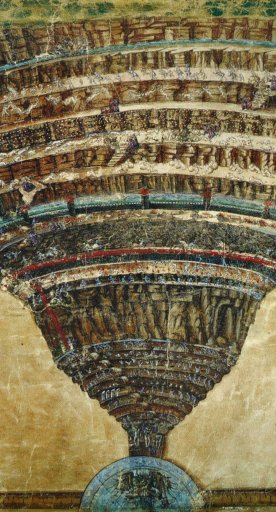
Lunigiana

All the charm and nuances of a thousand-year-old land, borderline but with infinite nature
Show more
Lunigiana
All the charm and nuances of a thousand-year-old land, borderline but with infinite nature
Go to the area





























